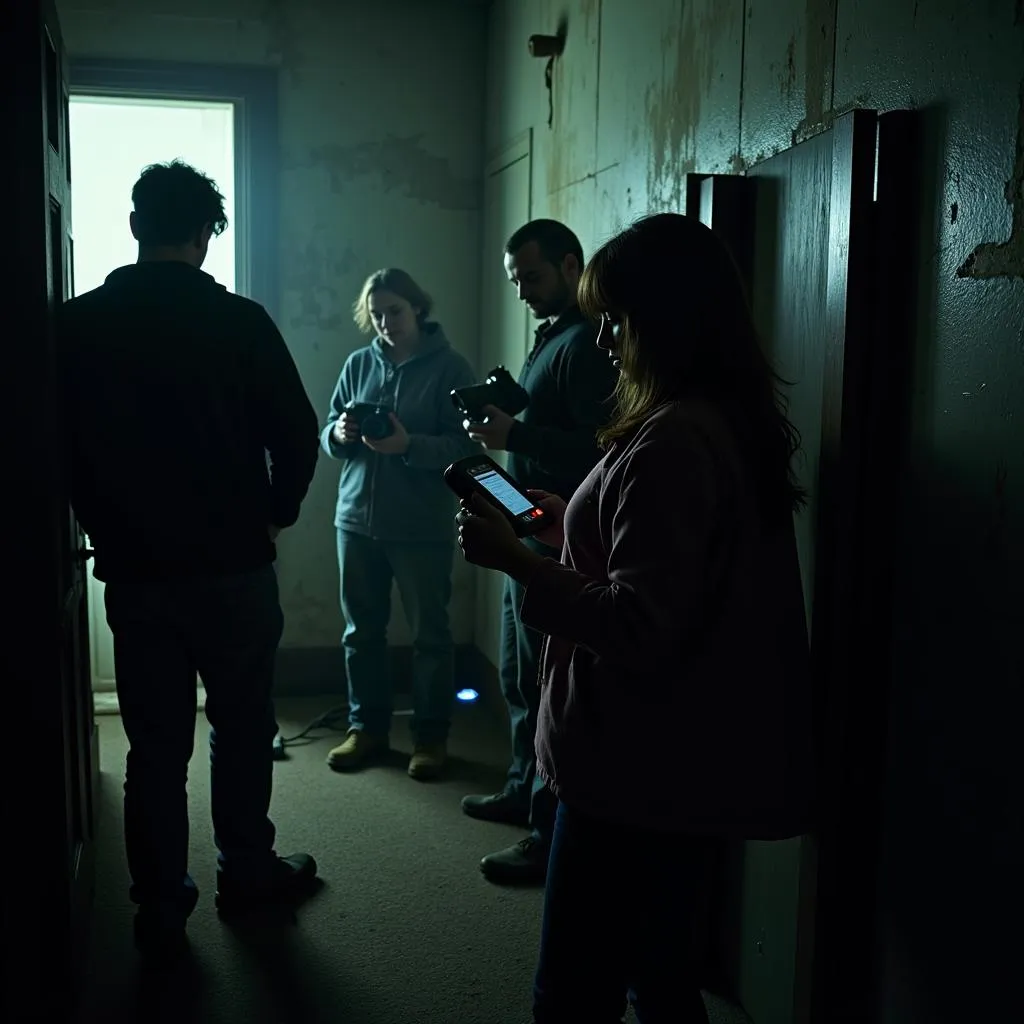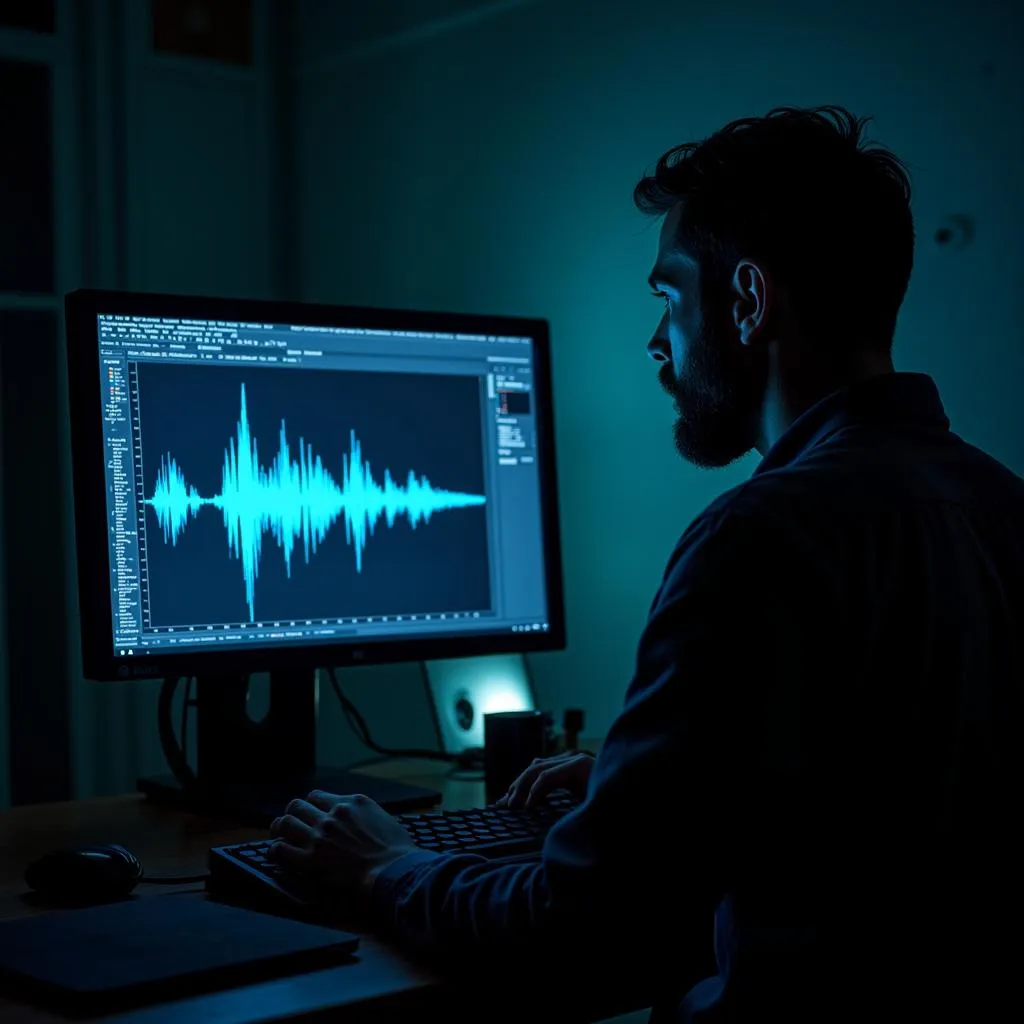Research objectives are the lifeblood of any successful paranormal investigation. They provide a clear roadmap, guiding our efforts and ensuring we delve into the unknown with both curiosity and focus. Without well-defined research objectives, our exploration of the paranormal can easily become unfocused and unproductive.
What Exactly are Research Objectives?
In the realm of paranormal research, our objectives are essentially the questions we seek to answer. They are the specific goals we set out to achieve with each investigation, experiment, or study. Think of them as the compass directing our journey into the heart of unexplained phenomena.
Why are Research Objectives Important in Paranormal Investigations?
Just like a detective needs leads to solve a case, paranormal researchers rely on clear objectives to navigate the labyrinth of unexplained events. Here’s why:
- Focus: Research objectives provide a clear direction, preventing us from wandering aimlessly in the vast landscape of the paranormal.
- Objectivity: Clearly defined goals help us maintain neutrality and avoid biases that can cloud judgment.
- Measurable Outcomes: Well-crafted objectives allow us to track progress, analyze findings, and determine whether we’ve been successful.
- Credibility: Stating our research objectives upfront lends credibility to our work, demonstrating a systematic and scientific approach.
 Paranormal research team investigating a haunted location.
Paranormal research team investigating a haunted location.
Types of Research Objectives in Paranormal Investigations
Paranormal research encompasses a wide range of phenomena, each requiring a tailored approach. Here are some common types of research objectives:
1. Exploratory Research Objectives:
- Purpose: To explore a new or under-researched paranormal phenomenon.
- Example: “To investigate the potential existence of psychic abilities in individuals who claim to have precognitive dreams.”
2. Descriptive Research Objectives:
- Purpose: To describe the characteristics and patterns of a particular paranormal phenomenon.
- Example: “To document the frequency, duration, and environmental conditions associated with reported poltergeist activity in a specific location.”
3. Explanatory Research Objectives:
- Purpose: To understand the underlying causes or mechanisms of a paranormal phenomenon.
- Example: “To examine the relationship between electromagnetic fields and the perceived presence of apparitions in reportedly haunted locations.”
4. Evaluative Research Objectives:
- Purpose: To assess the effectiveness of different methods or techniques used in Paranormal Research.
- Example: “To compare the reliability of EVP recordings obtained using different types of audio equipment and recording techniques.”
 Paranormal researcher analyzing EVP recordings on a computer.
Paranormal researcher analyzing EVP recordings on a computer.
Crafting Effective Research Objectives: SMART is the Key
Just like a poorly worded question can lead to an inaccurate answer, poorly defined research objectives can derail an investigation. To ensure clarity and focus, we use the SMART approach:
- Specific: Each objective should be clearly defined, leaving no room for ambiguity.
- Measurable: Objectives must be quantifiable, allowing us to track progress and determine success.
- Achievable: Objectives should be realistic and attainable within the scope of our resources and time frame.
- Relevant: Our objectives must align with the overall goals of our investigation and contribute to our understanding of the paranormal.
- Time-bound: Setting a time frame for achieving each objective helps us stay on track and ensures efficient use of resources.
Examples of SMART Research Objectives:
- Specific: “To investigate the alleged haunting at the Blackwood Manor using EMF meters and EVP recordings.”
- Measurable: “To collect at least 10 hours of audio recordings and EMF readings at the Blackwood Manor over a period of one month.”
- Achievable: “To analyze the collected data for any statistically significant anomalies or patterns that correlate with reported paranormal activity.”
- Relevant: “To determine if the reported paranormal activity at the Blackwood Manor can be corroborated by objective evidence.”
- Time-bound: “To complete the investigation and data analysis within three months of commencing the study.”
How to Identify a Research Question in an Article
Sometimes, research objectives may not be explicitly stated, but they can be inferred by carefully examining the article or research paper. Look for clues within the introduction, methods, and discussion sections. Pay attention to the hypotheses presented, the data collected, and the conclusions drawn. How to identify a research question in an article can provide further insights into this process.
 Paranormal investigation report open on a table, featuring charts and graphs analyzing evidence.
Paranormal investigation report open on a table, featuring charts and graphs analyzing evidence.
Conclusion
Research objectives are the backbone of any credible paranormal investigation. By carefully defining our goals, utilizing the SMART approach, and maintaining a focus on objective evidence, we can navigate the mysteries of the unknown with greater clarity and purpose. Remember, in the realm of the paranormal, a clear question is often the first step toward a compelling answer.